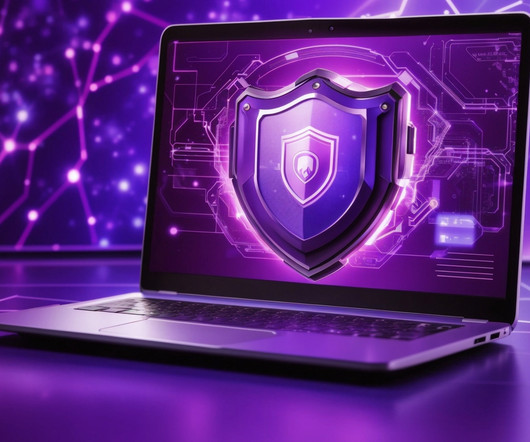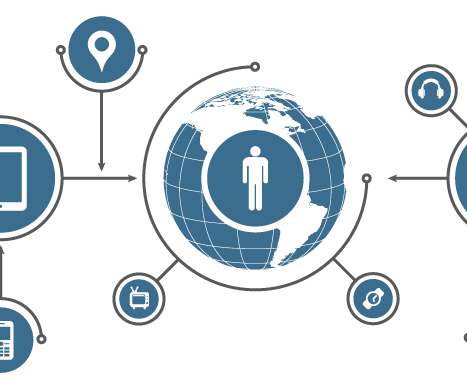FBI warns of ransomware attacks targeting the food and agriculture sector
Security Affairs
SEPTEMBER 3, 2021
The good news is in the latter attack the victims restored its backups. The FBI provided the following mitigations to protect against ransomware attacks: Regularly back up data, air gap, and password protect backup copies offline. Install updates/patch operating systems, software, and firmware as soon as they are released.


















Let's personalize your content